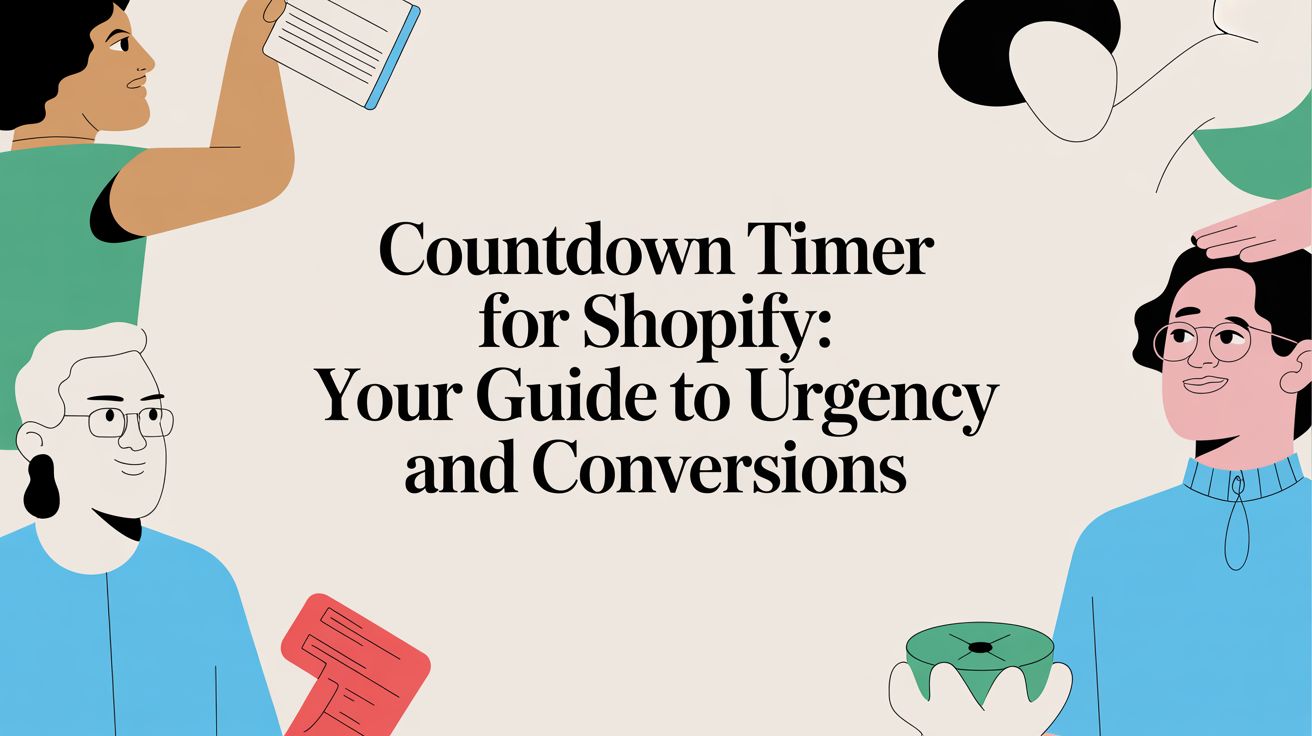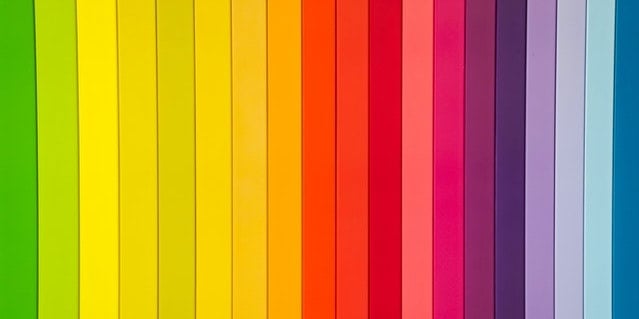
The psychology of color — and what brands should know

Have you ever picked up a product or chosen a brand because you connected with its color? You may have even if you don't realize it.
Our brains have a special relationship with color and it’s known as color psychology, the study of how color affects human behavior. It also impacts consumer behavior.
We spoke with Leatrice Eiseman, Director of the Eiseman Center for Color Information & Training and Executive Director of the Pantone® Color Institute, about how color psychology came to be and what impact it has on consumer behavior.
Here are a few major takeaways from our conversation:
The basics of color psychology
The brain science behind color starts at the most colorful place of all: the great outdoors. It’s where most people get their first glimpse into the shades and hues of different colors.
Eiseman calls this an “associative” reaction to color. This occurs when people associate colors with outside elements.
“Most of what we associate with color is brought about by how nature uses color. If I were to show you a swatch of yellow, most people would say things like sunlight, warmth and happiness, because no matter where you live in the world, most people associate yellow with the sun,” Eiseman said.
At the same time, you have to take into consideration that people have personal experiences with color. Let’s take the color sky blue as an example. While most people would associate it with a beautiful day, someone else might have a less-than-pleasurable brain association with the color. Those associations, good or bad, often stem from an experience that took place during one’s childhood.
“[Someone will say:] ‘I got a sky blue bike. It was my first two-wheeler. I fell off the bike, broke my leg and wasn’t able to go out with my friends,” said Eiseman. “You could have another child whose mother said, ‘Oh look at that beautiful blue sky. You can go play outside,’ and so for them, blue has a very pleasant association.”
For children, color is viewed simply: It either makes them happy or sad. Their emotions determine the basis of their relationship with that color going forward. And as consumers grow in age, their emotions continue to define their behavior.
“We have a very emotional response and reaction to color, and it impacts our decision-making greatly,” Eiseman.
How to make the right color selections as a brand
Picking colors for your brand isn’t as simple as one might think. The shade of a color, where and how it’s being used, and the context behind it are all-important factors
The biggest mistake people make, Eiseman says, is generalizing color.
“Color psychology is a much more complex subject than people realize. When I pick up a magazine and [it has] a statement like, ‘Green says this and red says that,’ it’s really not that simplistic,” said Eiseman. “Color is such an integral part of marketing and why people will buy a particular product or be impressed by a particular website.”
When choosing a color to go with your product or brand, you want to pick one that aligns with the message you’re trying to convey. A big statement should be paired with a bold color, a delicate product will work best with a soft color.
“If you were selling soap and you wanted to instill the idea that it has a wonderful scent and will make you feel relaxed, you want to go to a color that instantly draws that association along with it,” said Eiseman.
Color psychology is a vast subject that cannot be simplified solely based on what someone sees — you must also consider what that color says and how it makes you feel. Knowing the basics of color psychology and how to make the right color selection is just the start.

Lindsay Keener is a brand journalist for Quikly. She covers stories that help to inform and educate consumer-facing marketers.

